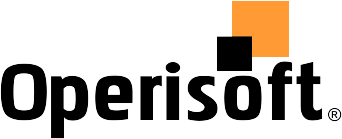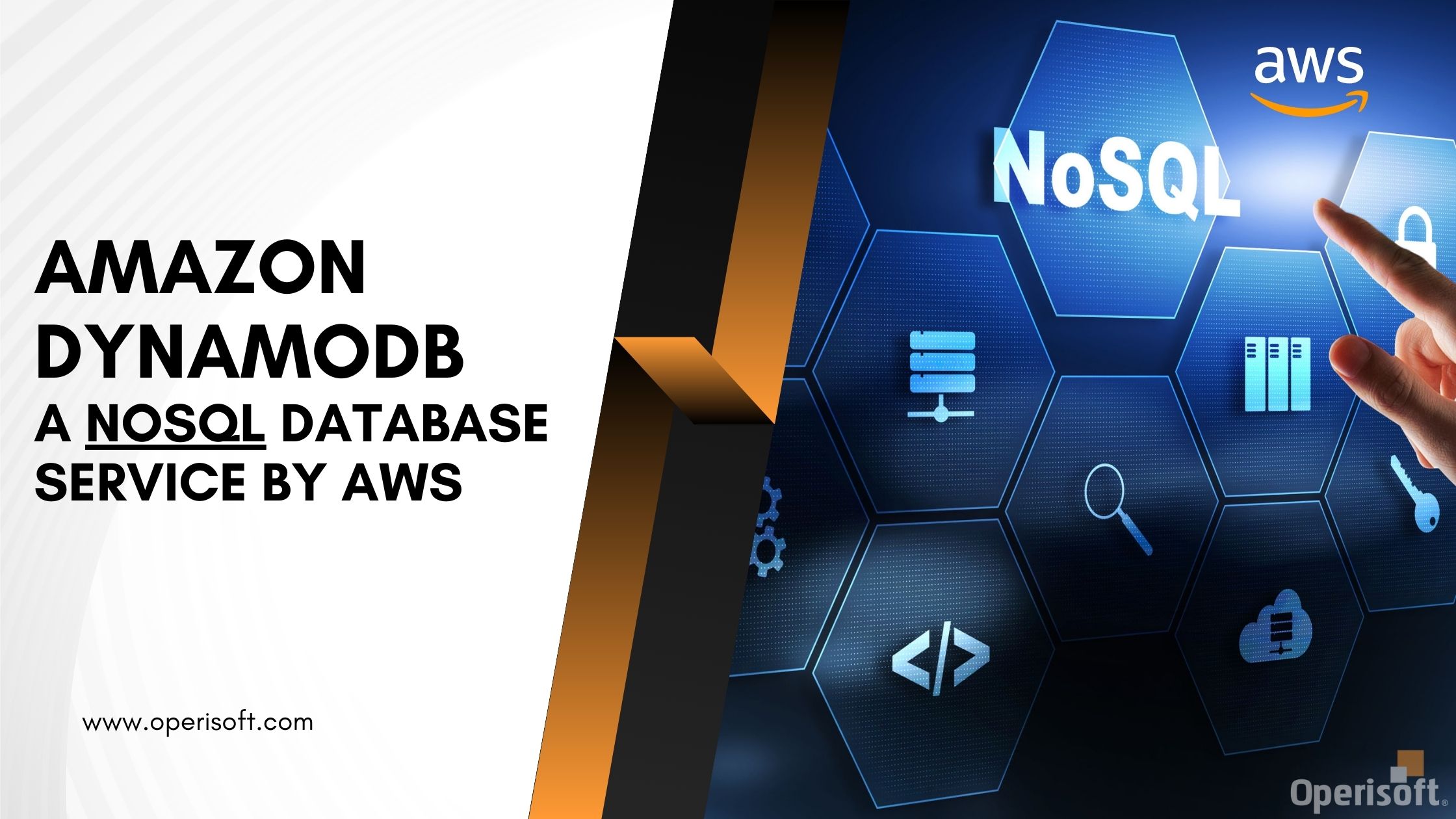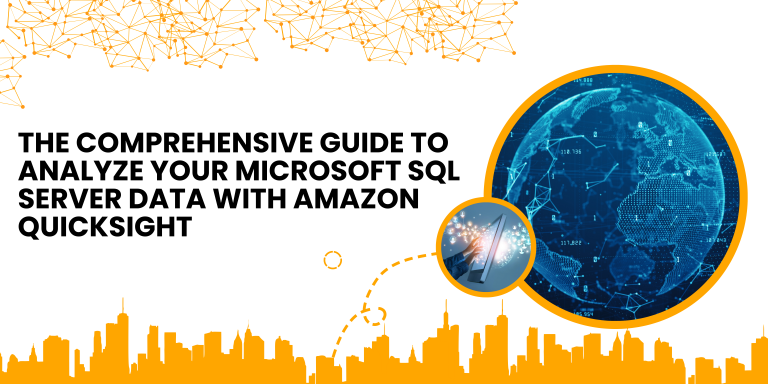Data refers to any piece of information that can be stored, processed, or transmitted by a computer or other digital device. This information can be in various forms such as numbers, text, images, audio, and video.
In today’s digital age, customers have access to a vast amount of information, and they expect companies to use this information to provide a personalized and seamless experience.
Introduction to Database
A database is a structured collection of data that is organized and stored in a computer system. It is designed to store, manage, and retrieve information efficiently and effectively.
There are several types of databases-
Relational databases: A relational database is the most common type of database used today. It stores data in tables, with each table consisting of rows and columns. Tables are related to each other through common fields, which are known as keys.
NoSQL databases: NoSQL databases are designed to handle large volumes of unstructured data. They are often used for big data applications, where data is stored in a distributed and scalable manner.
Object-oriented databases: Object-oriented databases store data in the form of objects, which can contain both data and code. They are used for complex data structures and applications, such as computer-aided design (CAD) and multimedia applications.
Hierarchical databases: Hierarchical databases store data in a tree-like structure, with each record having one parent and one or more children. They are often used for storing data with a one-to-many relationship, such as a company’s organizational structure.
Network databases: Network databases are similar to hierarchical databases, but each record can have multiple parents, allowing for more complex relationships between data.
Graph databases: Graph databases store data in nodes and edges, allowing for complex relationships and network analysis. They are often used in social networking and recommendation systems.
Introduction to Dynamo DB
As businesses increasingly move towards digitalization, the need for high-performing and scalable databases has become critical. AWS DynamoDB is a fully managed NoSQL database service offered by Amazon Web Services. It provides a scalable, high-performance, and reliable database solution to handle large amounts of data with low latency and high throughput. In this blog, we’ll explore the key features and benefits of DynamoDB.
Key Features of DynamoDB
Fully Managed: DynamoDB is a fully managed service, which means that AWS takes care of all the underlying infrastructure, database management, and scaling for you. This makes it easy for developers to focus on building applications instead of managing the database.
Highly Scalable: DynamoDB can scale horizontally and vertically to handle millions of requests per second and petabytes of data. It supports automatic scaling and can handle sudden spikes in traffic without any downtime.
High Performance: DynamoDB provides low-latency response times even at massive scale. It can handle millions of read and write requests per second with consistent low latency, making it ideal for real-time applications.
Flexible Data Model: DynamoDB supports both key-value and document data models, providing flexibility for different use cases. It also supports JSON, which makes it easy to work with for modern web and mobile applications.
Security and Compliance: DynamoDB provides end-to-end encryption, role-based access control, and integration with AWS Identity and Access Management (IAM) for secure access control. It is also compliant with various industry standards such as HIPAA, PCI DSS, and SOC 2.
Benefits of DynamoDB
Cost-effective: DynamoDB offers a pay-per-use pricing model, which means that you only pay for the resources you consume. It also provides options for reserved capacity and on-demand capacity, which can help reduce costs for predictable workloads.
Easy to use: DynamoDB provides a simple API and SDKs for various programming languages, making it easy to integrate with your application. It also supports popular tools like AWS Lambda, Amazon EMR, and Amazon Redshift, making it easy to build a complete data pipeline.
High Availability and Durability: DynamoDB provides built-in replication and automatic failover, making it highly available and durable. It replicates data across multiple Availability Zones (AZs) within a region and can also replicate data across regions for disaster recovery.
Real-time Analytics: DynamoDB integrates with Amazon Kinesis Data Streams and Amazon DynamoDB Streams to provide real-time analytics and insights. This allows you to process and analyse data as it is written to the database in real-time.
How to use Dynamo Db
Create Table in Dynamo Db
- Login in to AWS account.
- Navigate to Dynamo Db.
- Click tables from left side panel.
- Click create table.

- For the table name, enter Movie.
- For the partition key, enter Hero.
- Enter MovieTitle as the sort key.
- Leave Default settings selected.
- Click create table.



Once the table is in ACTIVE status, it’s considered best practice to enable Point-in-time recovery for DynamoDB on the table by performing the following steps:
- Click the table name to open the table.
- Click Backups.
- Click the Edit button in the Point-in-time recovery section.
- Click the checkbox to turn on point-in-time recovery, then click the Save changes button.

Write data to a table
- Login in to AWS account.
- Navigate to Dynamo Db.
- Click tables from left side panel.
- In table list choose Movie table.

- Select explore Table Items

- In the item view click create item.

- Choose Add new attribute, and then choose Number. Name the field NumberOfAwards.
- For Hero, enter Darshan Patel as the value.
- For MovieTitle, enter Badla.
- For Awards, enter 5.
- Click create item.


Read data from a table
- Login in to AWS account.
- Navigate to Dynamo Db
- Select the Explore table items.
- On the Items tab, view the list of items stored in the table, sorted by Hero and MovieTitle. The first item in the list is the one with the Hero Darshan Patel and the MovieTitle Badla.

Update data in a table
- Login in to AWS account.
- Navigate to Dynamo Db
- Click tables from left side panel.
- Choose the Movie table from the table list.
- Click explore table items
- Choose the item whose hero value is Darshan Patel and MovieTitle value is Badla.
- Select and click action then click edit item.
- Change NumberOfAwards to 4.
- Click Save changes.
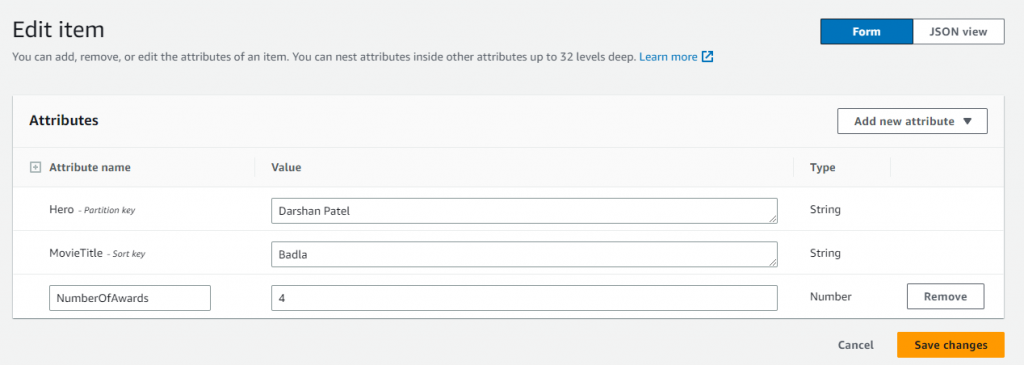
Query data in table
- Login in to AWS account.
- Navigate to Dynamo Db
- In the navigation pane on the left side of the console, choose Tables.
- Choose the Movie table from the table list.
- Click Explore Table item.
- Choose Query.
- For Partition key, enter Darshan Patel, and then choose Run.
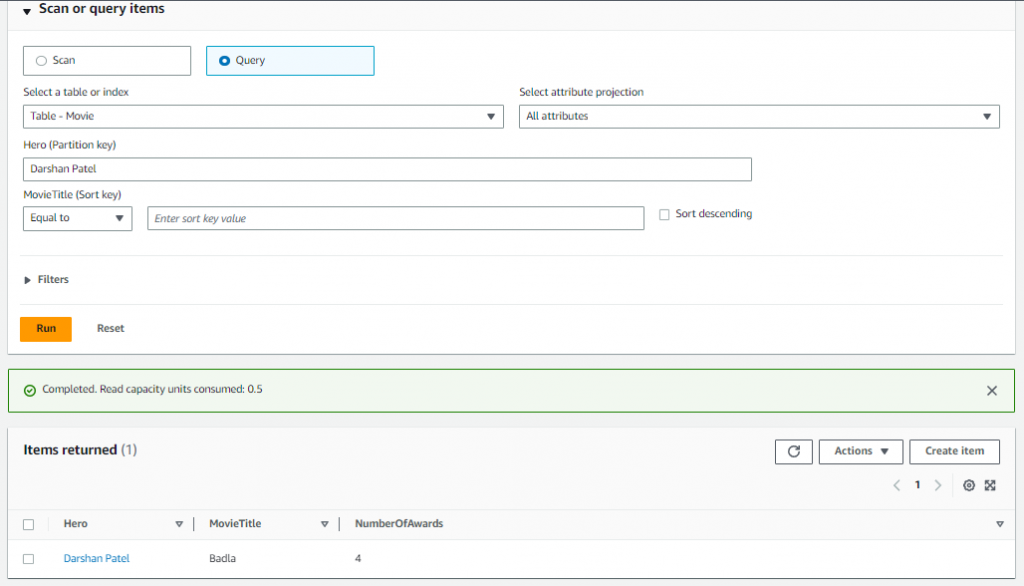
Conclusion
AWS DynamoDB is a powerful NoSQL database that provides businesses with a scalable, high-performance, and fully managed cloud database service.
With its scalability, high performance, security, and flexibility, DynamoDB is an ideal choice for modern applications that require flexible data structures and demand high performance and scalability.
By leveraging DynamoDB’s capabilities, businesses can build applications that are scalable, reliable, and performant, while reducing the operational overhead and costs.
